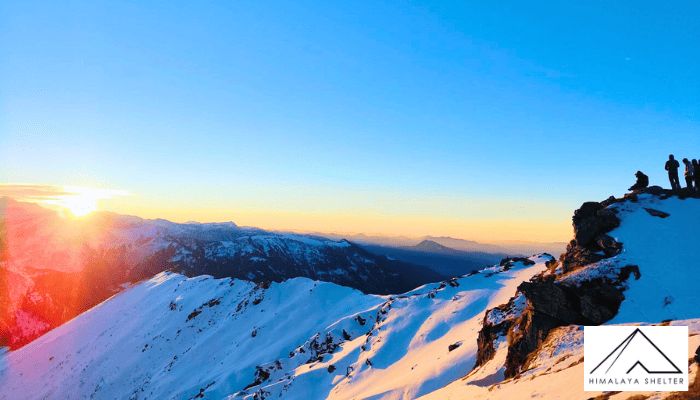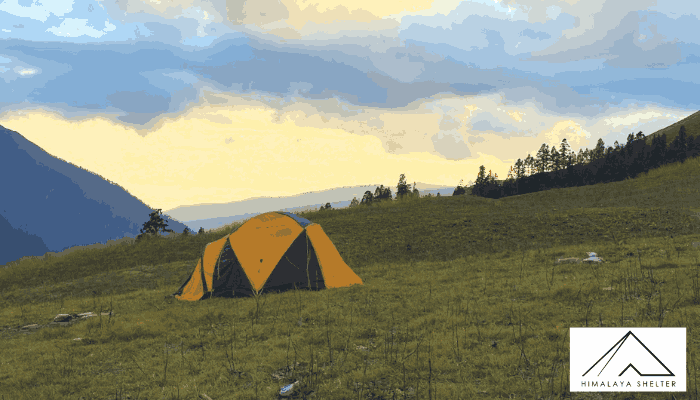
Buran Ghati Trek Complete Guide : To Himalayan Beauty, Culture and Adventure
Introduction of Buran Ghati Trek
The famous Buran Ghati trek located in Himachal Pradesh is one of the most unique Himachal treks that offers the perfect blend of natural beauty, rich mountain culture and high-altitude Himalayan adventure. Unlike other commercial routes, it is a less crowded trek in the Himalayas and ideal for the trekkers who want to experience untouched wilderness. Trekking into Buran Ghati is an unforgettable journey of alpine meadows, glacial lakes, ancient wooden villages and snow-wall descents full of thrills and chills.
Buran Ghati: Why is it a Trekker's Paradise?
Buran Ghati is often called the Trekker's Paradise for its highly diverse terrain. In one single trek, trekkers can experience dense forests, wildflower meadows, apple orchards, high-altitude lakes, gushing streams and the most dramatic Buran Ghati rappelling section across a snow wall which sets it apart from other Himachal treks. No wonder, this trek is often described as a 'complete Himalayan package' for combining everything, from adventure, culture and stunning views of the Dhauladhar and Kinnaur ranges.
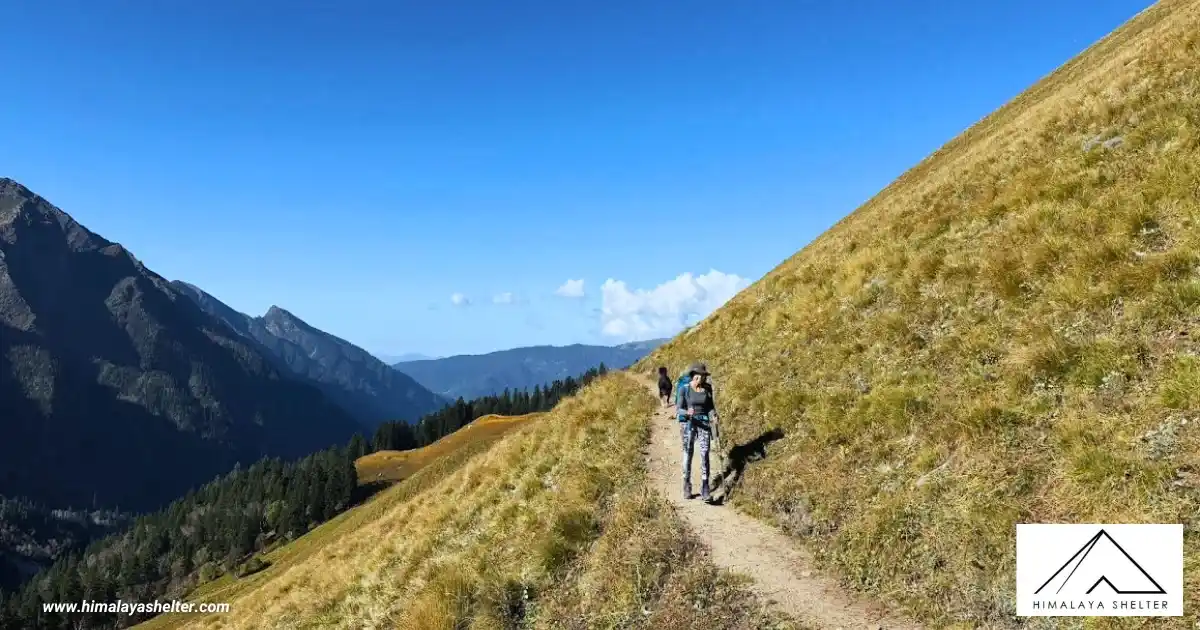
Buran ghati trail
The Changing Faces of the Trek: From Traditional Villages to Snow Walls
The trail begins usually from Janglik Village where you see old wooden houses, Himachali traditions and the warm hospitality of villagers. Then it moves through the Dayara meadows full of colorful flowers and climbs to the mystical Chandranahan Lake. After it, you finally encounter the dramatic snow wall descent at Buran Pass. It's challenging but that's what makes it a wonderful and thrilling experience. Overall, in a short distance, you have so much to witness in the changing landscape.
Buran Ghati's Forgotten Villages: Life, Culture & Orchard Walks
Janglik and Barua, these two are the most popular villages on Buran Ghati trek route. These villages seem like the living museums of Himachali culture due to their preserved wooden houses (with intricate carvings), old-age customs, traditional attires, apple orchards and unique practices of agriculture. In summer, when you walk into these villages and fruit orchards, it feels like walking into dreamlands you watched on screens or read in books somewhere.
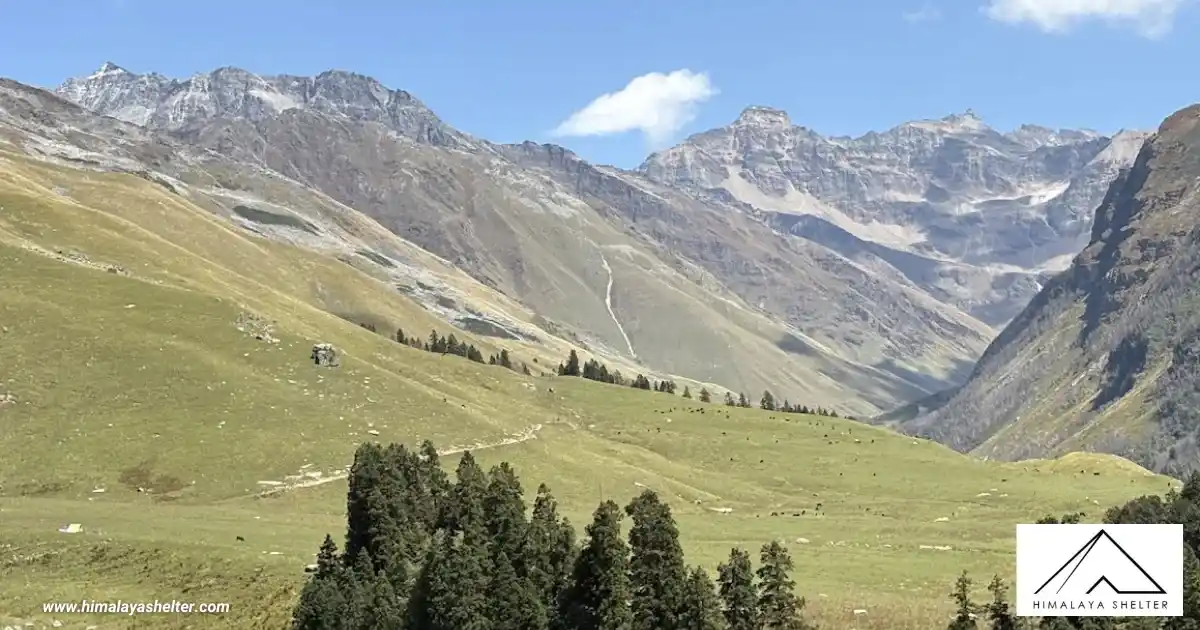
Buran Ghati View
Nearby Attractions to Buran Ghati
- Janglik Village: Janglik Village is the starting point of Buran Ghati trek. It attracts trekkers with its old wooden houses, carved temples, Himachali traditions and warm hospitality. Spending a day/night feels like time travel to the good old era.
- Chandranahan Lake: It is a high-altitude glacial lake considered sacred by locals. Due to its stark surroundings, it has a mystical aura. People believe it feeds the Pabbar River.
- Dayara Meadows: Dayara meadows are the vast alpine meadows in Himachal famous for their wide range of wildflowers. In summer, they are bloomed with multicoloured flowers and in winter, they are blanketed in snow. Trekkers love to camp here for beautiful scenery.
- Barua Village: Barua Village is famous for its apple and apricot orchards. It serves as an exit point where trekkers can witness Kinnauri lifestyle and agricultural practices while wrapping up the beautiful journey.
- Kinnaur Kailash & Baspa Valley Views: Kinnaur Kailash is a sacred peak that holds high spiritual significance. From the high camps, trekkers can spot it. Baspa Valley is also located in Kinnaur district and known for its lush scenery. It is visible from high camps of the trek and provides a picturesque view.
- Fruit Orchards: Many villages on Buran Ghati trek are known for their fruit orchards. Apple and apricot are the main crop while farmers also grow exotic fruits like avocado, blueberry and cherry. The fruity fragrance and convivial vibes make these orchards the heaven on earth.
- Dhauladhar Mountain Range: Buran Ghati trek offers the breathtaking views of the Dhauladhar range. You can spot the perfect golden sunrise and sunset here from the mountains. To photography lovers, it gives a trophy winning feeling.
- Pabbar Valley: Pabbar Valley is a hidden gem of Himachal Pradesh. It is known for gushing rivers, fishing, riverside camping and peaceful surroundings away from crowded tourism.
The Best Time to Trek Buran Ghati
The trek is best done in two main seasons:
- May-June: Temperature is adaptable. Meadows look lush and bloomed after spring. Rivers swell with fresh meltwater. Snow lovers can enjoy the snow wall at pass.
- September-October: Sky is clearer as monsoon goes away. Best time to spot famous towering peaks of Himalayas. Autumn turns forests golden and makes the trek one of the most beautiful wilderness treks in Himachal.
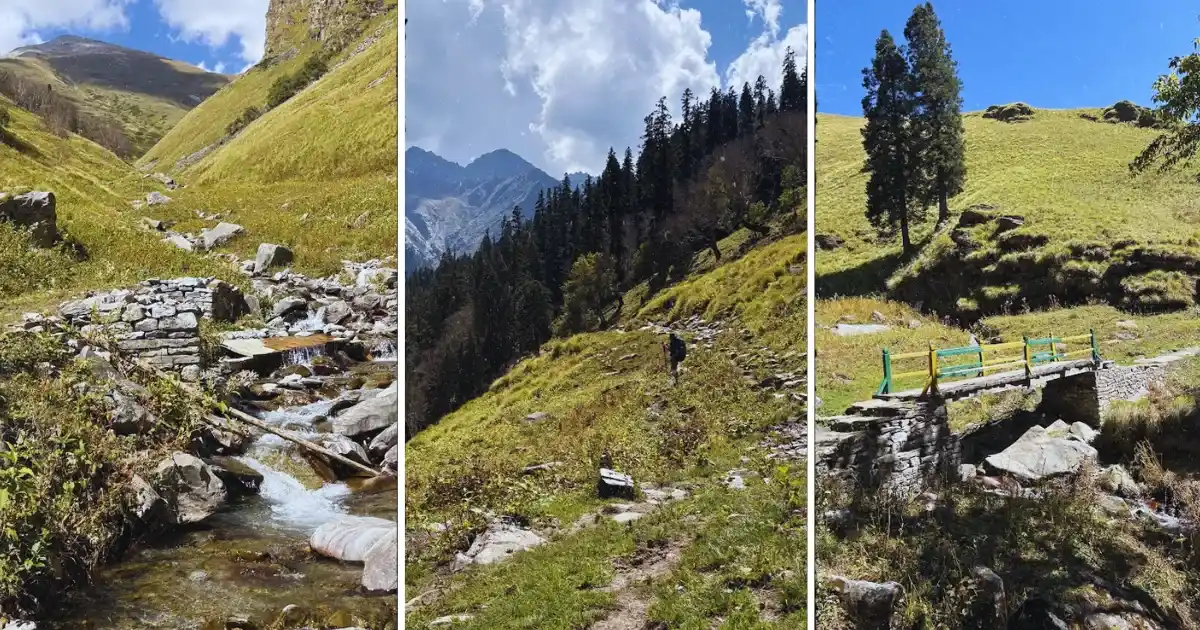
Buran Ghati Best Time
Difficulty Level & Fitness Requirements
Buran Ghati trek is categorised moderate-to-difficult due to its long diverse trail (around 40 km, takes 7 to 8 days). The snow-wall descent is the main technical challenge. Prior high-altitude trekking experience, especially in Himachal is recommended. Trekkers have to walk 6 to 7 hours daily. Physical stamina is important. Trekkers can train themselves by doing cardio, stair climbing and strength workouts for legs. Acclimatization is crucial to avoid AMS.
Read more: How To Prepare For A Trek In The Himalayas
-
Crossing Buran Ghati Pass
Crossing the Buran Ghati Pass is the most thrilling and adventurous section of the trek. Pass sits at approx 15,000 ft and climb begins at Dunda with a steep ascent over rocks and snow. You can view the Pabbar and Baspa valleys from here. While descending, the real adventure begins as trekkers rappel down vertical 400-500 ft snow wall using ropes. This technical section full of icy winds and snowy landscapes makes it one of the most exciting challenges in adventure trekking in India. Though you need the help of an expert guide here.
Route Overview: From Janglik to Barua via Chandranahan Lake
The trek begins at Janglik Village, heads into the lush Dayara meadows and gradually climbs to Litham. A side hike (optional) takes trekkers to the sacred Chandranahan Lake. The journey continues toward Dhunda, the base camp for Buran Pass. From here, trekkers cross the 15,000 ft Buran Ghati Pass before rappelling down into Barua Village.

Trekkers on the path to Buran Ghati
Read more about: A Trek to Chandernahan Lake
Mountain Views & Photography Points
Dayara Meadows are famous for photography. Beautiful colorful flowers in summer and snow layers in winter make these meadows the favourite backdrops of every trekker. Dunda Camp is also known for sunrise and sunset photography. Golden sunlight above Dhauladhar range creates a dreamy backdrop. The Buran Ghati Pass itself provides panoramic vistas of Pabbar and Baspa valleys. The fruit orchards of Barua Village framed by towering mountains offer unique contrasts for nature and commercial photography.
Essential Packing List & Preparation Tips
Since Buran Ghati trek is a long and challenging trek, you should have all the essentials needed for trekking. A good pair of trekking boots with ankle support, 2-3 warm layers for nights, cap, gloves, fleece jacket, raincoat are needed to be carried. Trekking poles, gaiters, ropes for rappelling section and navigation. Don't forget energy snacks, sunscreen, toiletries, hydration tablets and a small medical kit for emergencies.
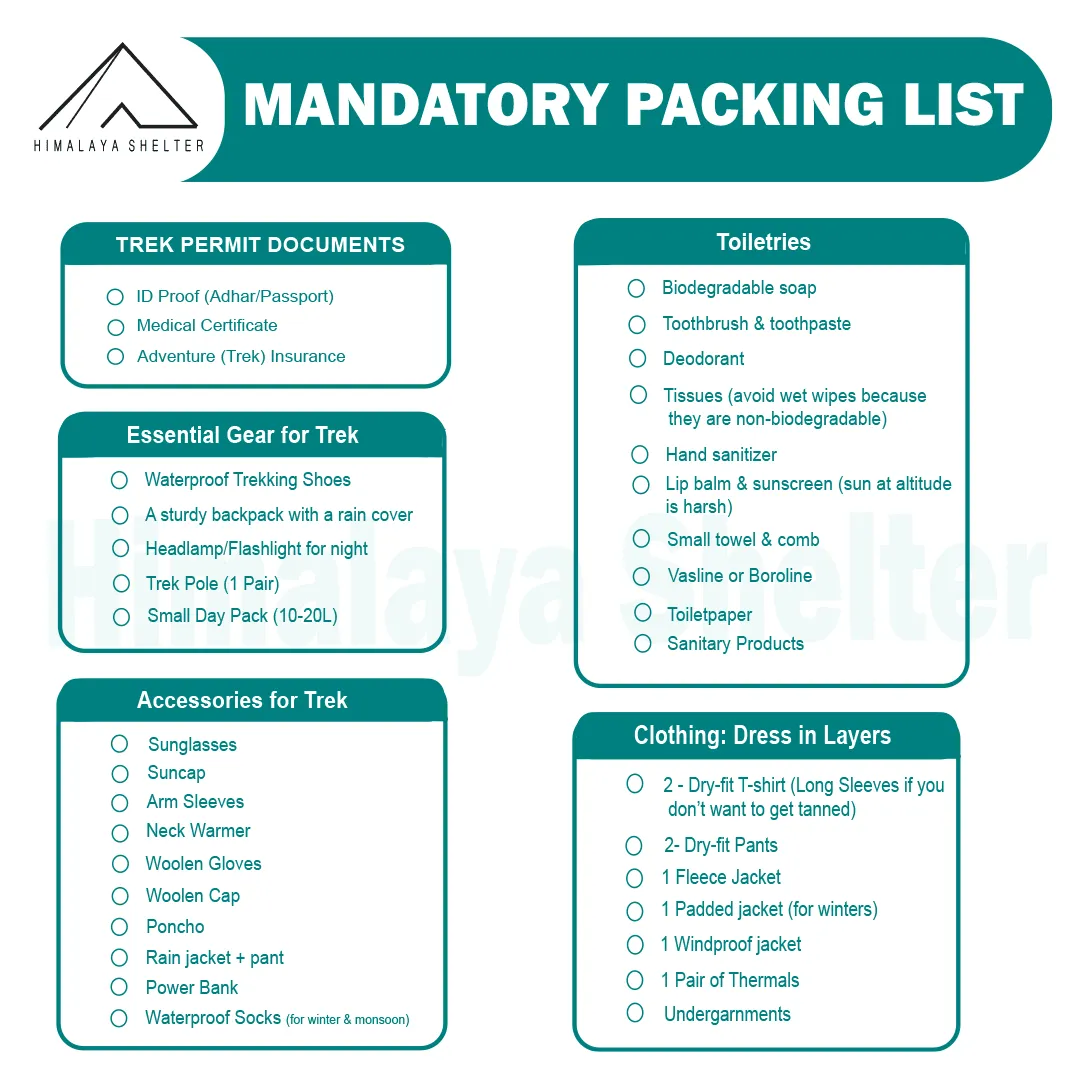
Mandatory Backpacking List of Buran Ghati
Safety, Permits & Responsible Trekking
For trekking to Buran Ghati, permits are required from Himachal Pradesh Forest Department. Trekkers must carry out all waste, respect sacred sites like Chandranahan Lake and avoid disturbing wildlife. Following 'Leave No Trace' principles ensures this trail will not lose its pristinity. Since Buran Ghati is a high-altitude and technical trek, it is recommended to always go with a certified guide or trekking agency.
Read more: Safety Tips For Trekking
Conclusion: Why should Buran Ghati be on every Trekker's Bucket List?
The Buran Ghati trek is truly one of its kind. It has all- culture, spirituality, serenity and thrill. Combining different landscapes like quaint villages, alpine meadows, fruit orchards, pristine lakes and snow adventures, it easily surpasses many other Himalayan treks in variety. Especially for people who seek less crowded and commercial treks, Buran Ghati is the perfect choice.
FAQs of Buran Ghati Trek
Q1. Is Buran Ghati a circular or one-way trek?
Ans: It is a point-to-point trek, usually from Janglik to Barua village.
Q2. Do I need a guide or permit for Buran Ghati trek?
Ans: Yes, a local guide is recommended and permits may be required.
Q3. Are there glaciers crossing on Buran Ghati trek?
Ans: Yes, especially near the pass in May and early June.
Q4. Is the Buran Ghati trek good for solo trekkers?
Ans: Not recommended solo unless you are experienced enough. It's remote, challenging and requires technical help.
Q5. What are highlights of the Buran Ghati trek?
Ans: Dense pine and oak forests, Dayara meadows, Chandranahan Lake, streams and rivers and the dramatic Buran Pass crossing.
Q6. What is Janglik village known for?
Ans: Janglik is known for retaining traditional Himachali wooden architecture and rural lifestyle.
Q7. Why is Chandranahan Lake significant?
Ans: Locals believe it is the origin of the Pabbar River and holds spiritual value.
Q8. What kind of festivals are celebrated in Buran Ghati?
Ans: Traditional Himachali festivals like Fagli and Bishu are celebrated in villages like Janglik and Barua.
Q9. Do trekkers need to follow any cultural etiquette during trekking in Buran Ghati?
Ans: Yes, respect local customs, avoid loud behavior near holy sites and dress modestly in villages.
About Author
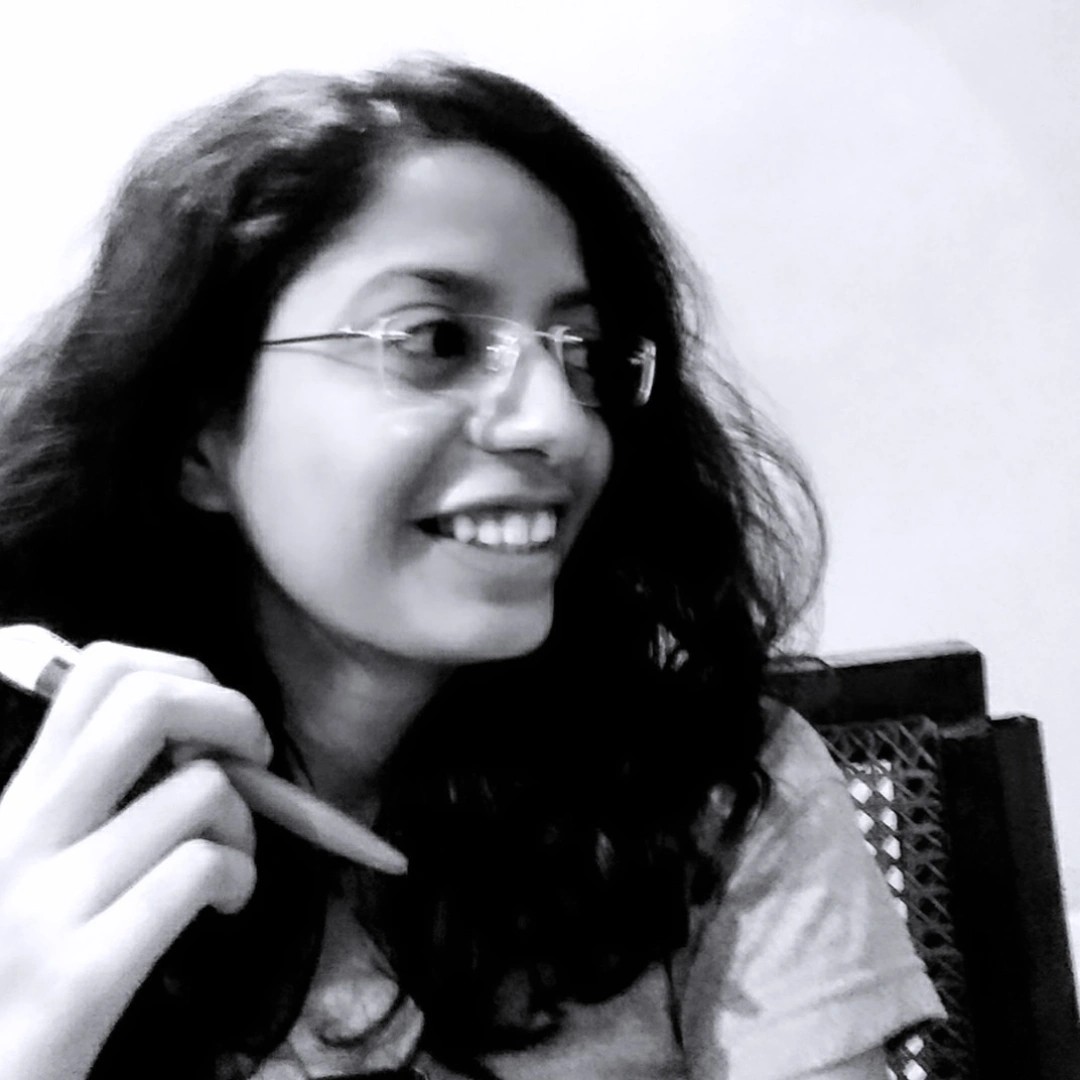
Prateeksha
Prateeksha is a professional content writer. She started writing as an amateur and developed it into a skill over time. She believes writing has great potential to express ideas and thoughts. For her, writing is more than work- it is a therapy that calms the soul.
Recent news
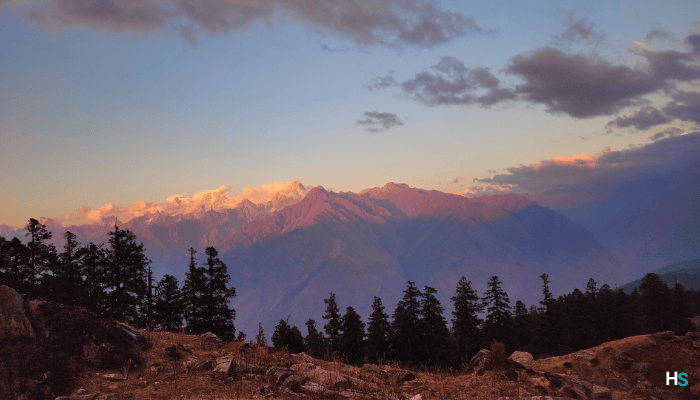
10 Dec 2025

21 Nov 2025
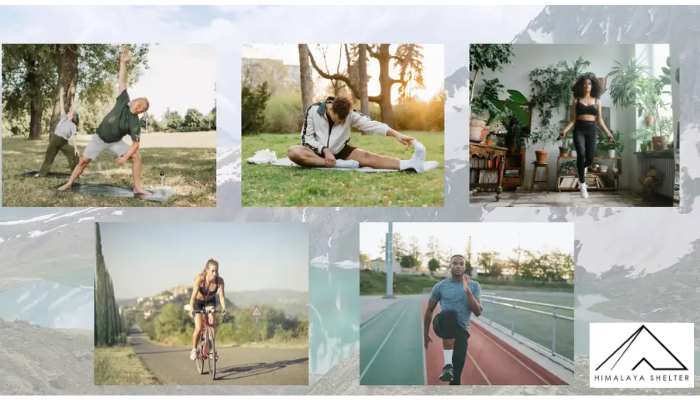
20 Nov 2025
Recommended Treks

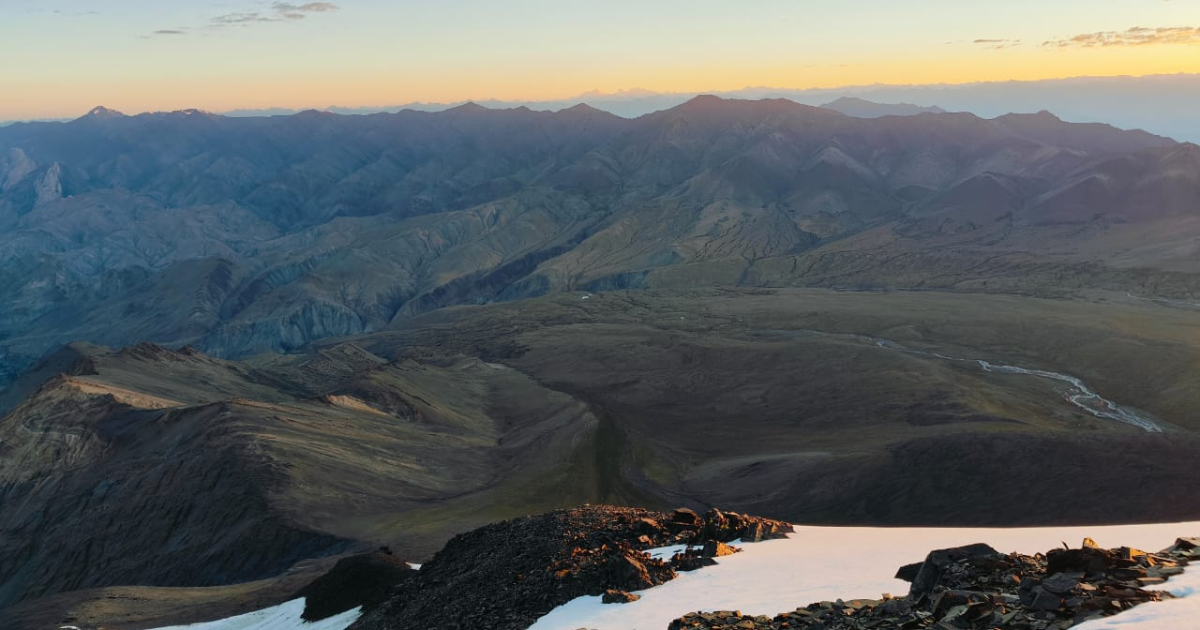
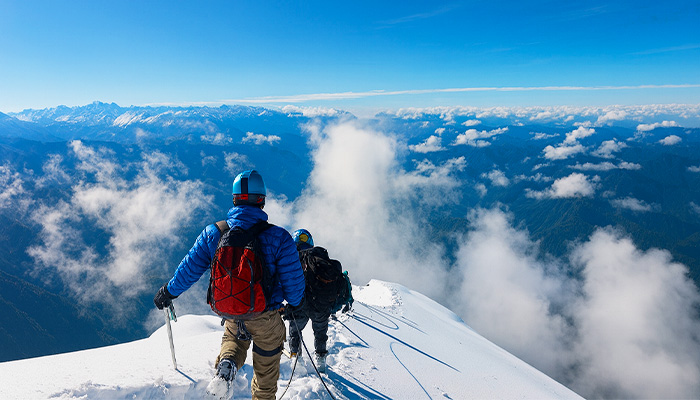
Cost: ₹38000 | $438
Type: Moderate - Difficult
Best Time: May-June and September-October
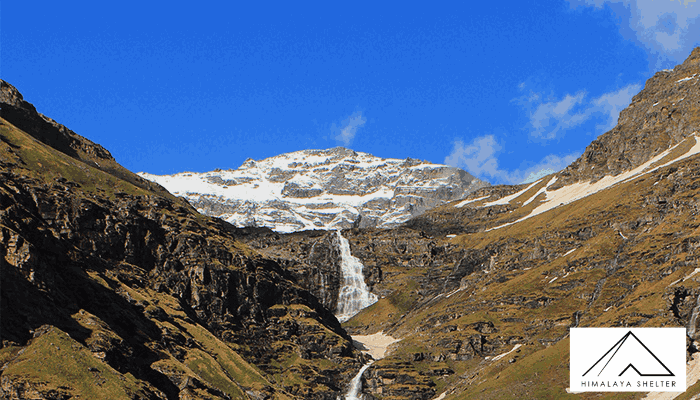
Cost: ₹22000 | $220
Type: Moderate - Difficult
Best Time: May-June| September-October




Cost: ₹42000 | $484
Type: Difficult
Best Time: May to June and September to October

Cost: ₹42000 | $480
Type: Easy
Best Time: April | May | June | September | October

Cost: ₹22000 | $251
Type: Moderate - Difficult
Best Time: May to June and September to November
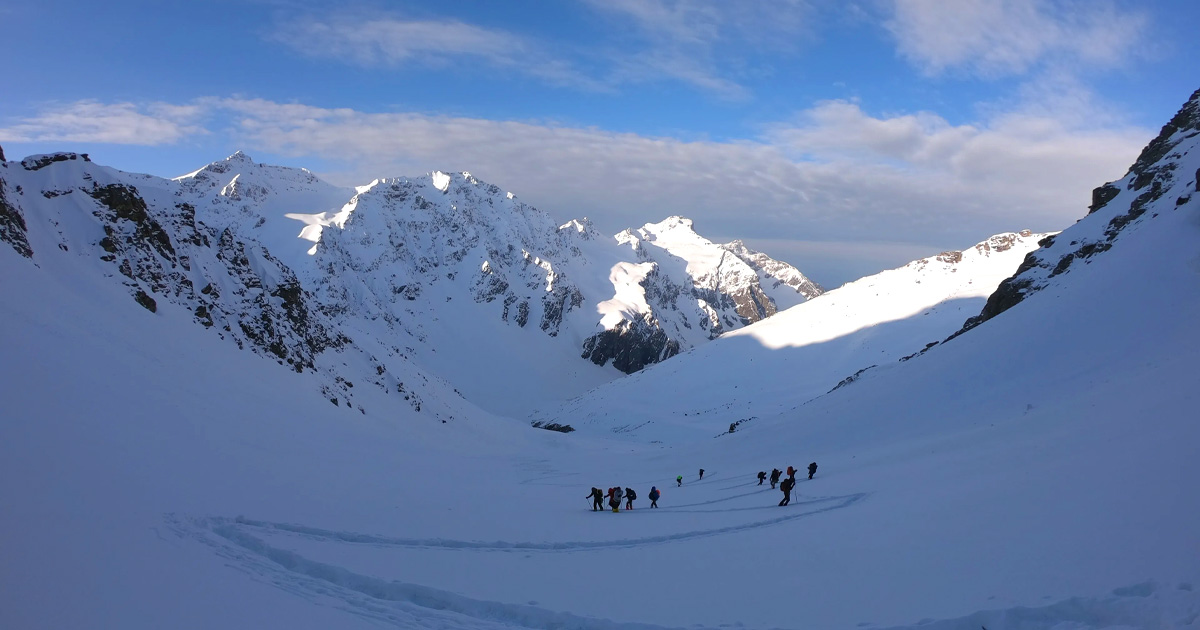
Cost: ₹19000 | $225
Type: Moderate - Difficult
Best Time: May to June | September to October
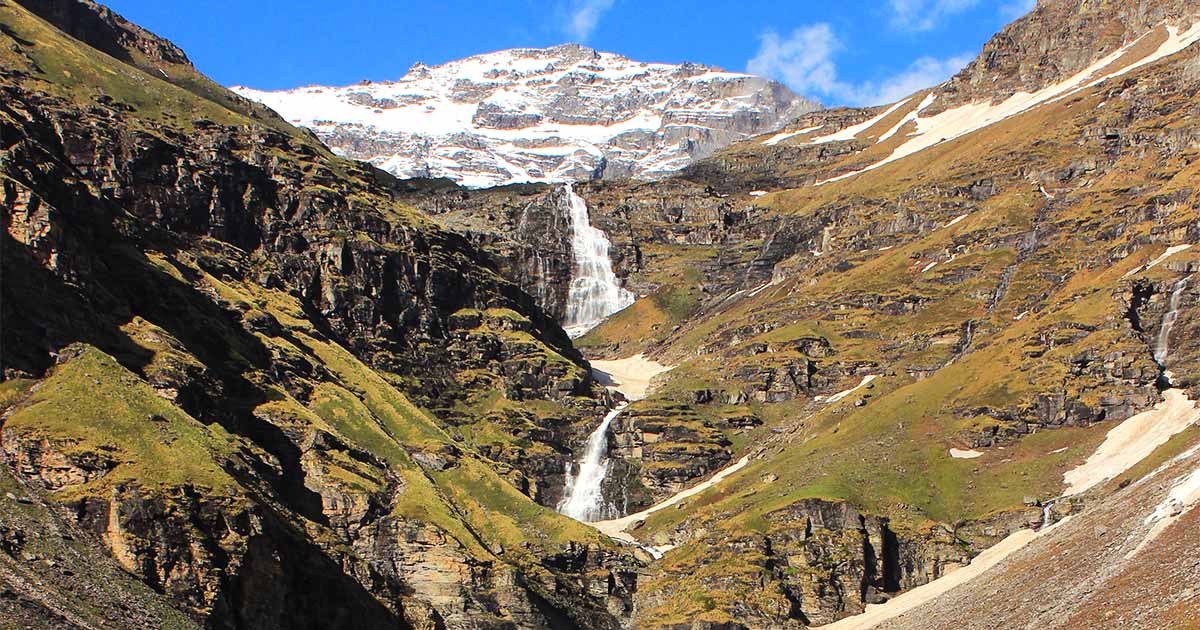
Cost: ₹22000 | $251
Type: Moderate - Difficult
Best Time: May to June | September to October

